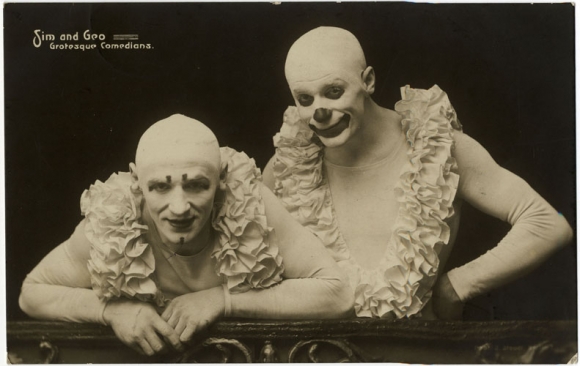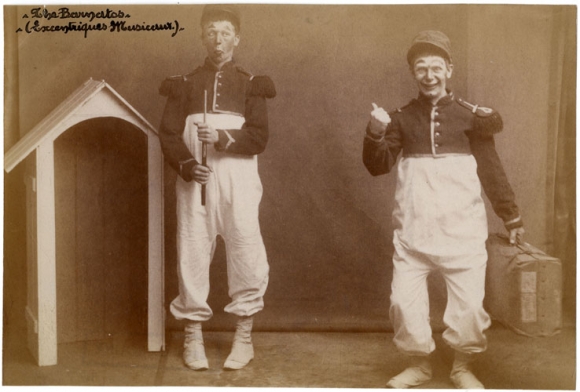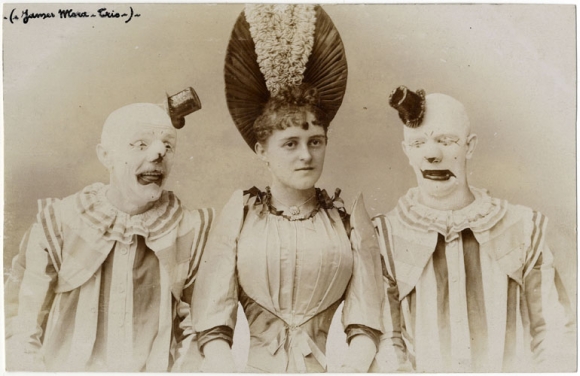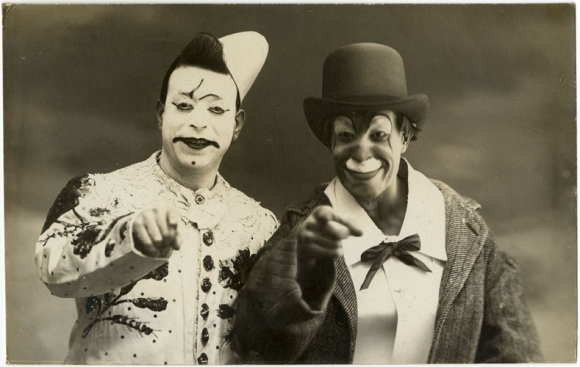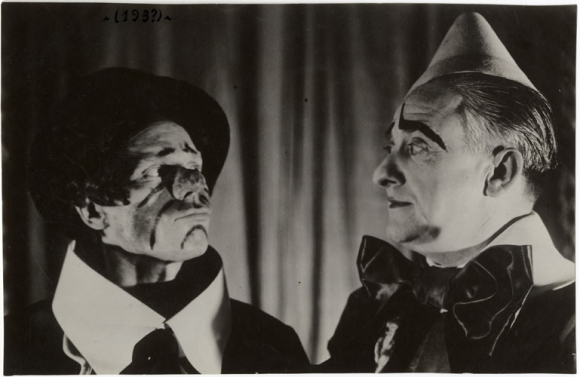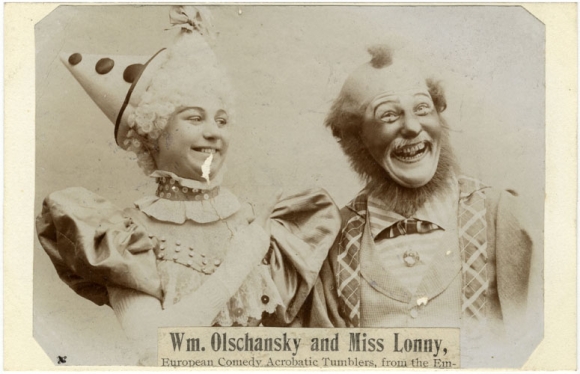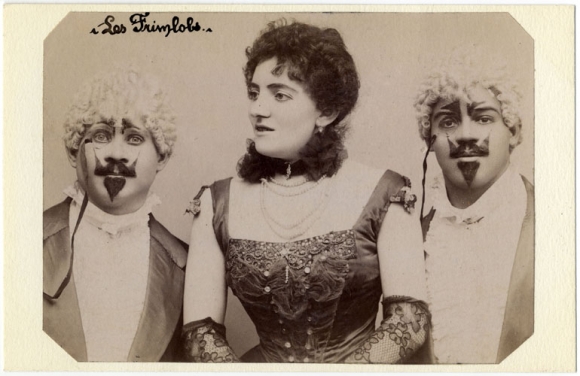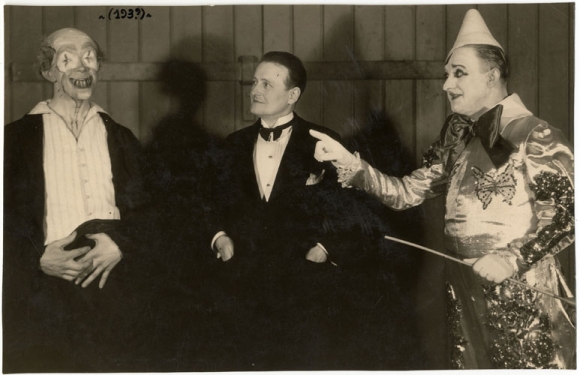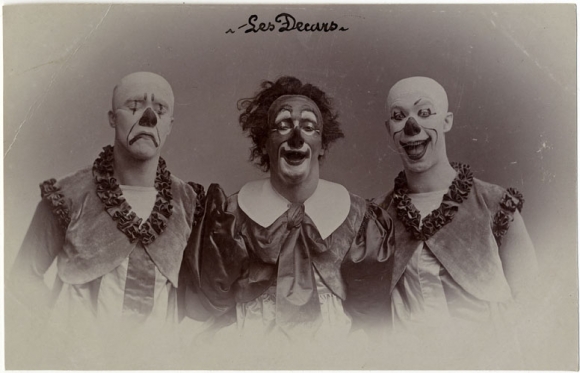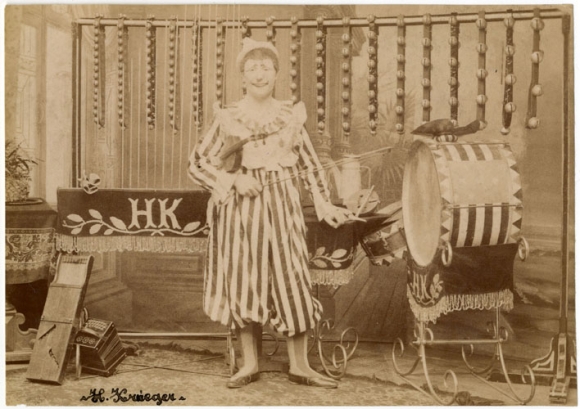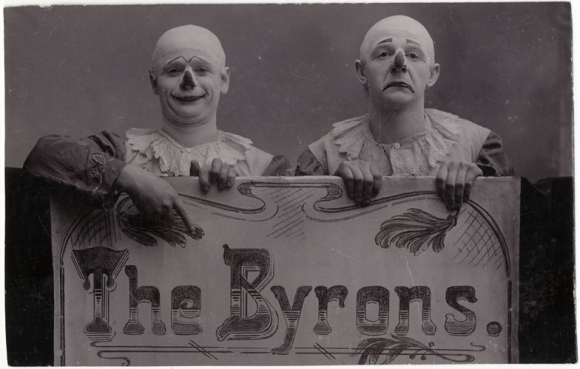Send in the clowns: Early 20th century photographs serve as poignant portraits of circus performers
posted Tuesday, September 3, 2013 at 1:26 PM EDT
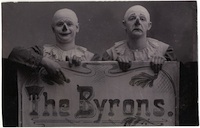
When I lived in Sarasota, Florida, which had long been the winter home of the Ringling Bros and Barnum & Bailey Circus, I had many circus friends and several of them literally were clowns. And just like photographers Mary Ellen Mark and Diane Arbus, I became fascinated by the circus -- especially the transformation of my friends into these strange, wild beings with painted faces and exaggerated costumes.
I recently stumbled upon a set of remarkable images of clowns from the early 20th century that, with time, have acquired an unintended poignancy and piqued my curiosity. These old publicity photo postcards are from the Musée des Civilisations de l'Europe et de la Méditerranée, an organization whose mission is to build a visual archive of European civilization. These photographs are from postcards that were sold at circuses and used for advance publicity. Many seem to be from a single collection, whose owner diligently wrote the names of the performers on the cards. Unfortunately, the collector used a broad tip fountain pen and some of the names are illegible -- almost as obscure as the names of the photographers who took them.
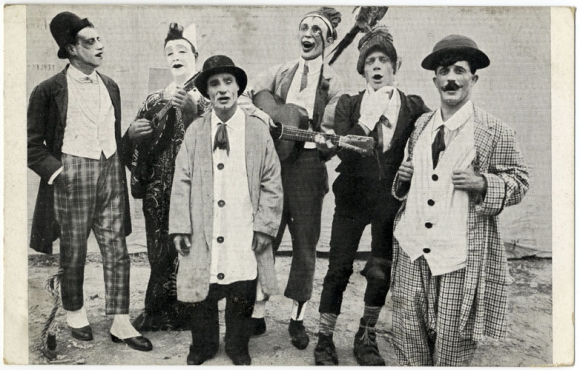
The unknown photographers were probably small town portrait studio operators who prided themselves on making straightforward images for their clientele. In this collection, a few of the photographers, like the ones who took the images of "The Ritchies" -- a triple exposure -- and the stage set image of "Tonys and Tonycette" reached for more. But even in the simpler portrait studio shots, they have ripened with the distance of time, and have gained a deeper visual impact. Some of the clowns such as "Kiki 1st, Marius and Dudule" look more like unemployed workers than artistes, while others such as "Nelson, Glinsereti and Demonio" seem to have found their characters in our nightmares.
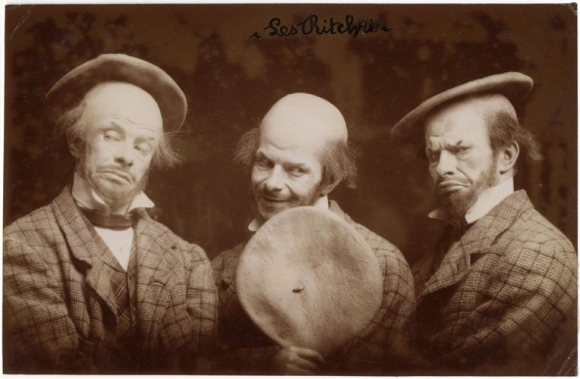
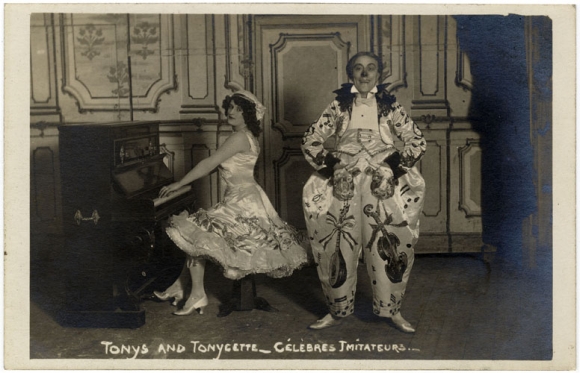
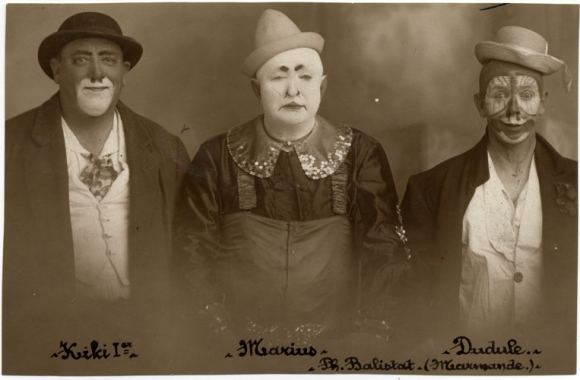
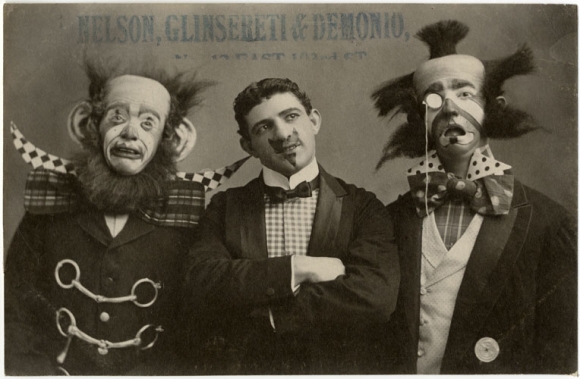
The earliest records of clowns come from Fifth Dynasty Egypt, and over the centuries they have developed into distinct types, many of which are represented in the photos. In the 1924 image of "Les Fratellini," Albert on the left is a traditional "Auguste" clown, Francois in the center is a "white face" clown and Goolo on the right is a "character" clown. In the image of "Dandy and Roberts," Dandy on the left is a "Pierrot" from the Commedia dell'Arte.
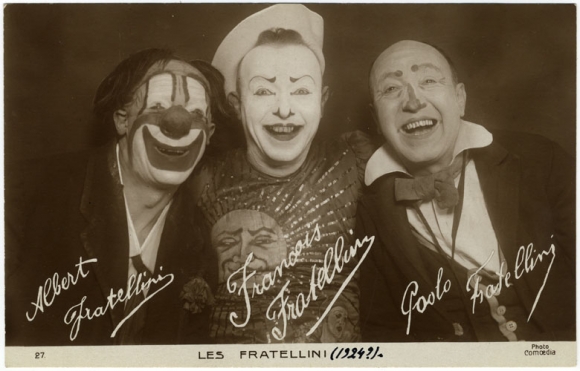
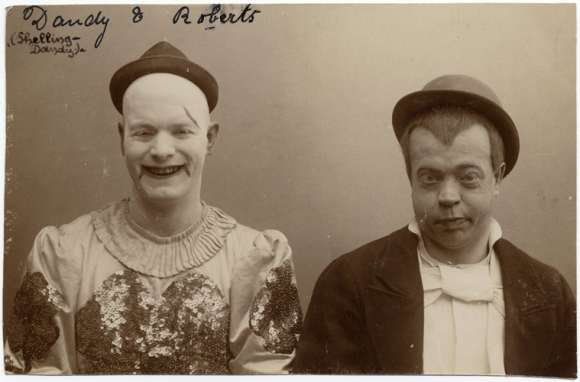
Well into the early 20th century, there were hundreds of itinerant circuses that annually travelled the rutted roads of the world. We have to remember how astonishing it must have been back then when the circus came to town. It was the over-the-top, multimedia reality show of the age, and the circus brought to isolated communities a shocking, magical world of flying ladies, lion tamers and strangers from exotic lands. Sometimes the clowns in these circuses reflected the racism of their times, as in the blackfaced "Beatty and Bentley" or "Les Delforellis," but they always portrayed the "truth" of the moment -- even if they were unenlightened moments.
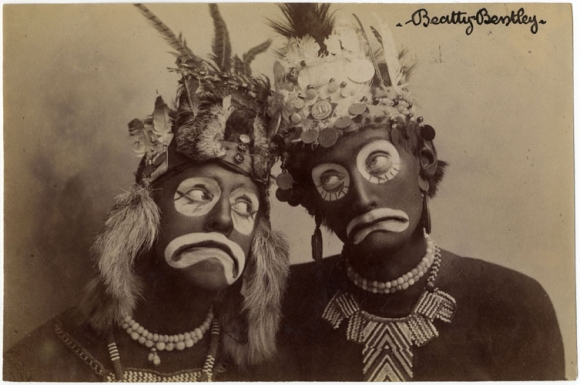
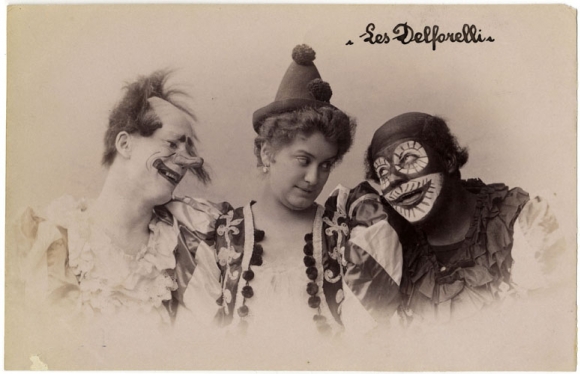
Clowns have always had a special place in society. They are commentators and reflections on the state of the world. And whether a jester in a King's court or in the circus center ring, to be successful they have to balance insult and mockery with play and fun. Like a high-wire act performed on the ground, they must be graceful and lyrical, ribald and frenetic. They can speak truth to power knowing that even the most ruthless potentates would hardly take on a clown, as it would only make them look like clowns themselves.
All photos courtesy of Musée des Civilisations de l’Europe et de la Méditerranée.
